Nestled in the heart of northern Israel, the Hula Nature Reserve is a haven of natural beauty, biodiversity, and tranquility. Spanning over 30 square kilometers, this remarkable wetland area is a testament to the power of conservation and restoration efforts, providing a sanctuary for wildlife and nature enthusiasts.
A Wetland Wonderland:
Once drained for agricultural purposes, the Hula Valley has been meticulously restored to its natural wetland state. Now, it stands as a living testament to the resilience of nature. Furthermore, the reserve is a mosaic of waterways, lakes, reed beds, and lush greenery, creating a diverse ecosystem that supports many plant and animal species.
Galilee Ultimate Guide
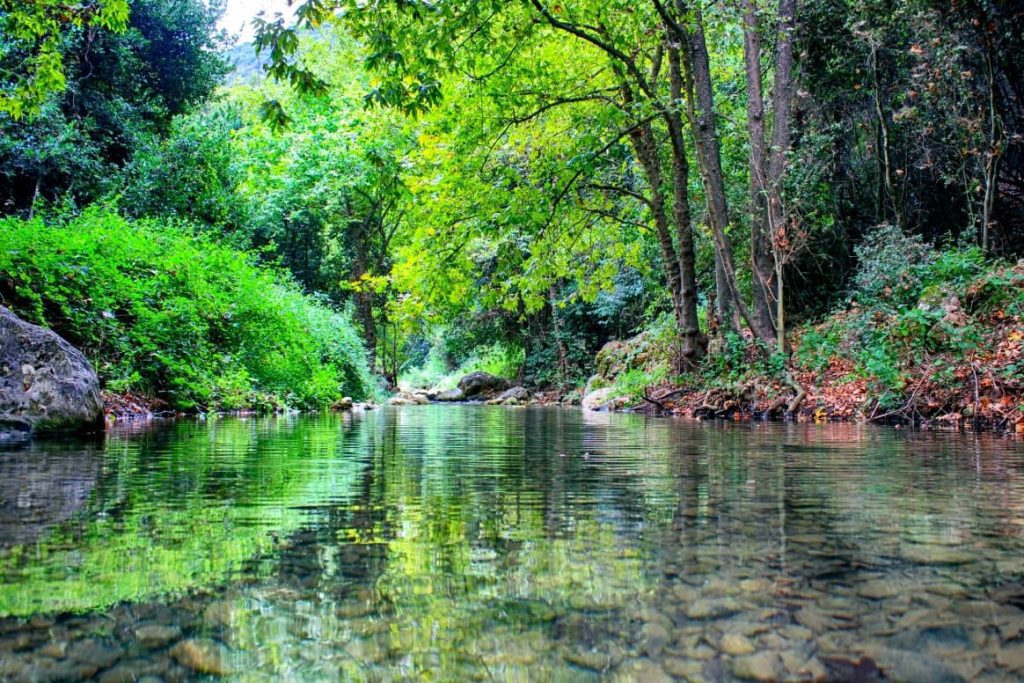
A Birdwatcher’s Paradise:
Moreover, the Hula Nature Reserve is a critical stopover point for migratory birds traveling between Europe and Africa. Millions of birds grace the skies twice yearly, creating a breathtaking spectacle for avid birdwatchers. Witnessing flocks of cranes, storks, and other birds in flight against the backdrop of the Hula Valley is an awe-inspiring experience.
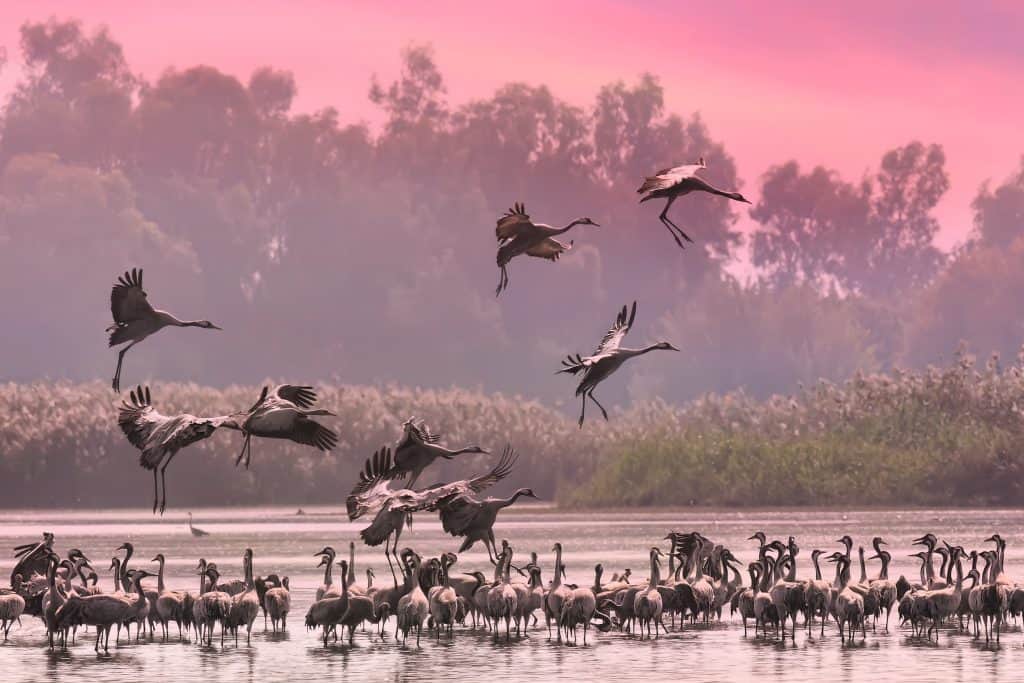
Nature Photography:
So if you’re a photography enthusiast, the Hula Nature Reserve offers endless opportunities to capture the raw beauty of the natural world. From the vibrant colors of blooming water lilies to the graceful movements of aquatic birds, every moment is a potential masterpiece.
Bird Watching in the Hula Valley
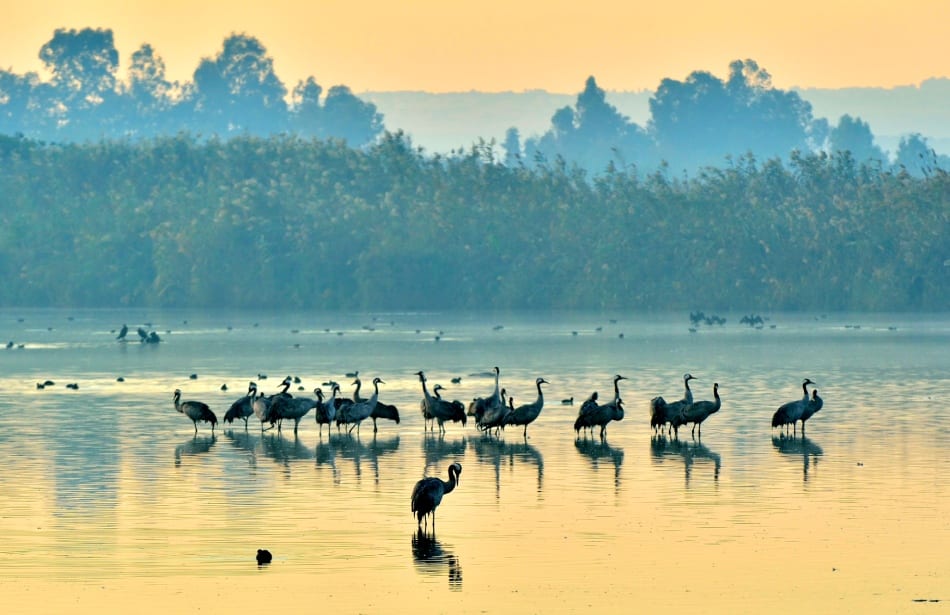
Eco-Tours and Activities:
So, explore the reserve’s wonders through walking and cycling paths. Guided eco-tours provide insights into the area’s history, conservation efforts, and the importance of preserving wetland habitats. In addition, the reserve also offers observation points equipped with telescopes for optimal birdwatching.
The Fauna of Israel
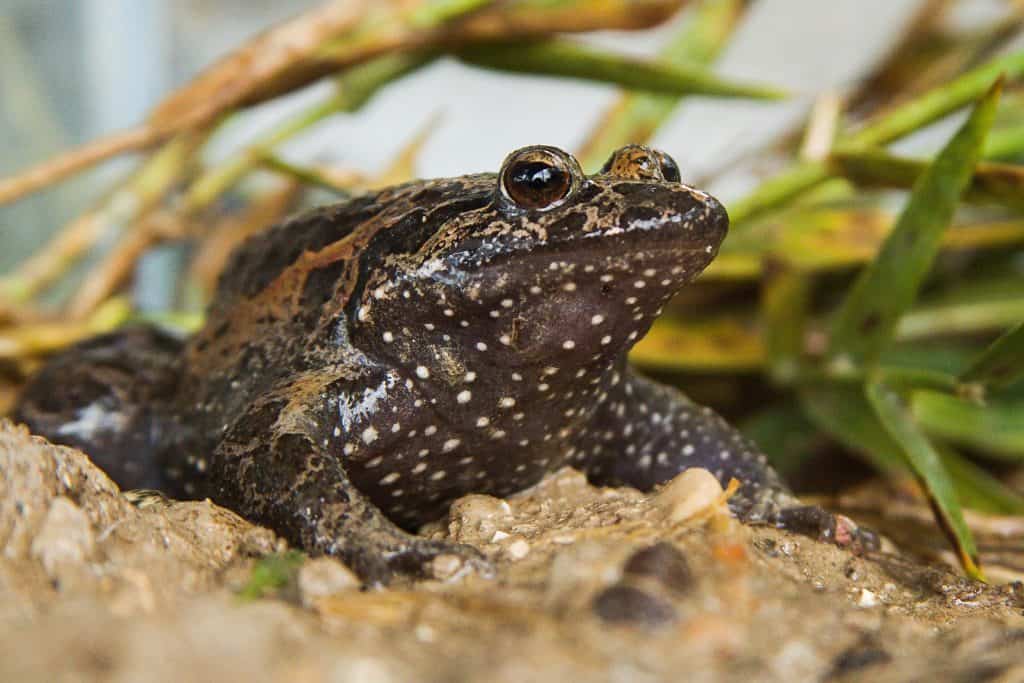
Credit: Uzi Paz Pikiwiki Israel, CC BY 2.5, via Wikimedia Commons
Flora and Fauna:
Beyond the avian visitors, the Hula Nature Reserve is home to various animal and plant species. For example, Water buffalo, otters, and fish thrive in the restored wetlands, creating a balanced and harmonious ecosystem. So the diversity of flora, including water lilies and reeds, adds to the visual splendor.
Sunset Reflections:
The Hula Nature Reserve undergoes a magical transformation as the sun dips below the horizon. The tranquil waters mirror the changing sky, creating a canvas of colors that soothe the soul. It’s a time to reflect, appreciate, and feel the rhythms of nature.
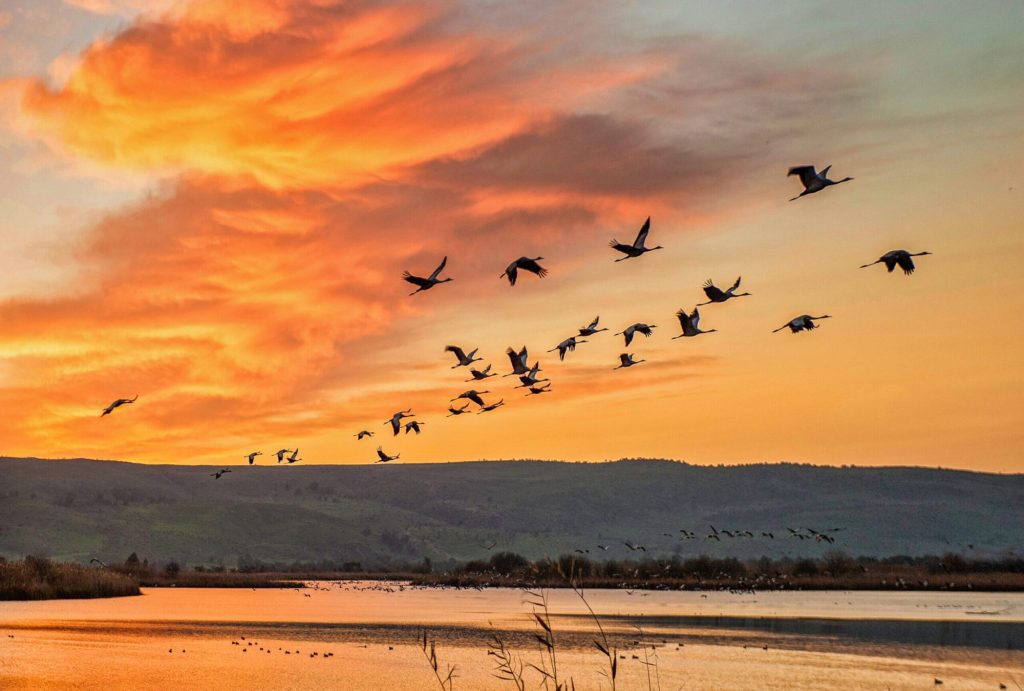
Conservation and Education:
The reserve serves not only as a refuge for wildlife but also as an educational center. Visitors can learn about the importance of wetland ecosystems, the impact of human intervention, and the ongoing efforts to preserve these vital habitats.
Things to Do in Hula Nature Reserve
Bird-Watching Stations:
You’ll find specially designed stations equipped with telescopes and binoculars throughout the reserve. These stations allow you to observe birds and other wildlife up close without disturbing their natural habitats.
Man-made Islands:
The reserve features a series of man-made islands in Agamon Lake that provide safe nesting sites for various bird species. These islands help protect the birds from potential predators and disturbances.
Observation Points:
Scattered across the reserve, observation points offer panoramic views of the wetlands and the surrounding landscapes. They are ideal spots to take in the area’s serene beauty and capture stunning photographs.
Walking and Cycling Paths:
The reserve offers well-maintained walking and cycling paths that wind through the wetlands. These paths allow you to explore the diverse ecosystems and get a closer look at the flora and fauna that thrive in the area.
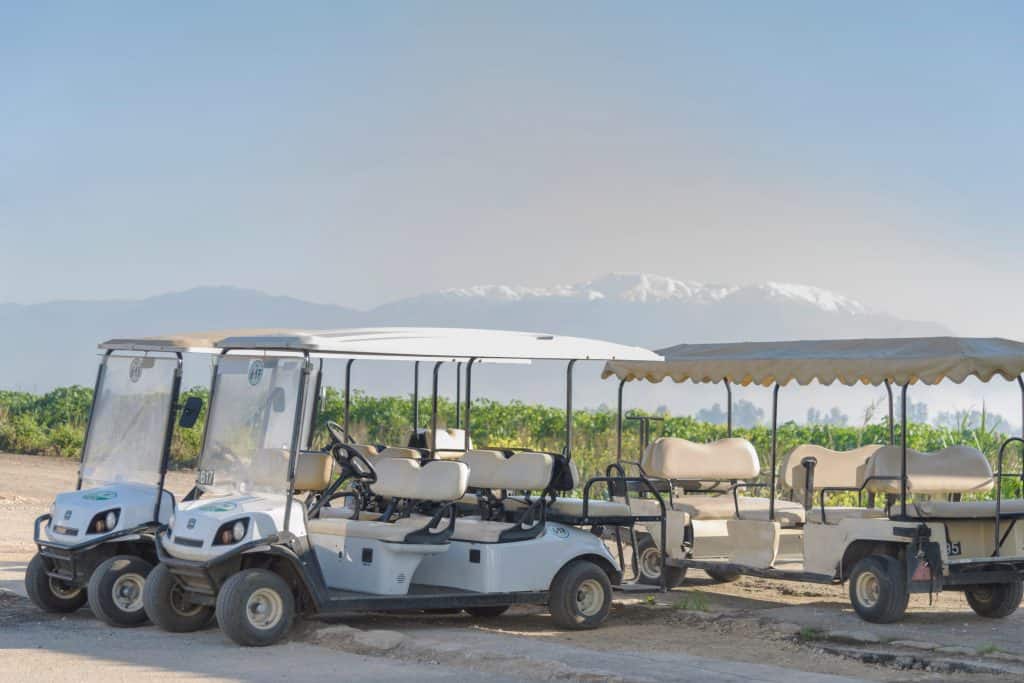
Visitor Center:
The Hula Nature Reserve has a visitor center that provides information about the reserve’s history, ecology, and conservation efforts. Interactive exhibits and educational displays offer insights into the importance of wetland habitats.
Wildlife Observation Hides:
These strategically located hides provide a secluded and comfortable spot for observing animals and birds without disturbing them. It’s a peaceful way to connect with nature and witness wildlife behaviors.
Bicycle Rentals:
If you’re a cycling enthusiast, consider renting a bicycle to explore the reserve. Biking allows you to cover more ground and experience the beauty of the wetlands from a unique perspective.
Guided Tours:
The reserve offers guided eco-tours led by knowledgeable guides who provide insights into the reserve’s history, ecology, and ongoing conservation efforts. These tours offer a deeper understanding of the area’s significance.
Picnic Areas:
Enjoy a relaxing break surrounded by nature at designated picnic areas within the reserve. It’s a perfect opportunity to unwind and savor the tranquility of the wetlands.
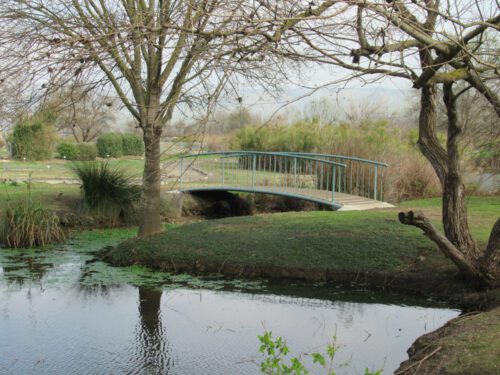
Sunset Views:
As the day draws close, the reserve takes on a different kind of beauty during sunset. Find a quiet spot to witness the sun’s warm hues reflecting on the water, creating a breathtaking sight.
Plan Your Visit:
Last, the Hula Nature Reserve offers a serene escape from the bustle of daily life. So whether you’re a nature lover, a birdwatcher, or someone seeking solace in the outdoors, this remarkable sanctuary promises a journey into the heart of the natural world.
So embark on an adventure to Hula Nature Reserve, where every step celebrates nature’s resilience and the beauty of coexistence. Let the embrace of the wetlands remind you of the delicate balance that sustains our planet. Here is a link to the park authority website!
Hula Nature Reserve Opening Hours
The entrance to the park closes one hour before the cited closing time
Summer hours:
Sunday–Thursday and Saturday: 17:00 – 08:00
Friday and holiday eves: 16:00 – 08:00
Winter hours:
Sunday–Thursday and Saturday: 16:00 – 08:00
Friday and holiday eves: 16:00 – 08:00
Holiday eves: 13:00 – 08:00
Yom Kippur eve: 13:00 – 08:00
Phone: (00)972(0)4-6937069







